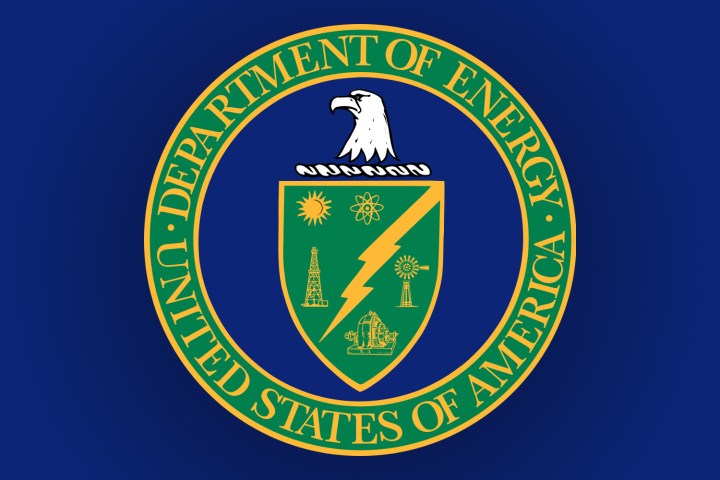
AMD, Cray Inc., Hewlett Packard Enterprise, IBM, Intel, and Nvidia are the six companies chosen to receive financial support from the Department of Energy. The funding will be allocated to them over the course of a three-year period, with each company providing 40 percent of the overall project cost, contributing to an overall investment of $430 million in the project.
“Continued U.S. leadership in high performance computing is essential to our security, prosperity, and economic competitiveness as a nation,” Perry said. “These awards will enable leading U.S. technology firms to marshal their formidable skills, expertise, and resources in the global race for the next stage in supercomputing — exascale-capable systems.”
The funding will finance research and development in three key areas; hardware technology, software technology, and application development. There are hopes that one of the companies involved in the initiative will be able to deliver an exascale-capable supercomputer by 2021.
The term exascale refers to a system that’s capable of one or more exaflops — in other words, a billion billion calculations per second. This is a significant milestone, as it’s widely believed to be equivalent to the processing power of the human brain at the neural level.
The PathForward program should help produce systems that are much more powerful than current standouts, with the broader goal of reasserting the U.S. as a leader in the field. In June 2016, the biannual Top500 list of the most powerful supercomputers in the world featured more systems from China than the U.S. for the first time, with the China Sunway TaihuLight claiming the top spot. In a few years time, we may well see a supercomputer spawned by this funding debut on the list.


